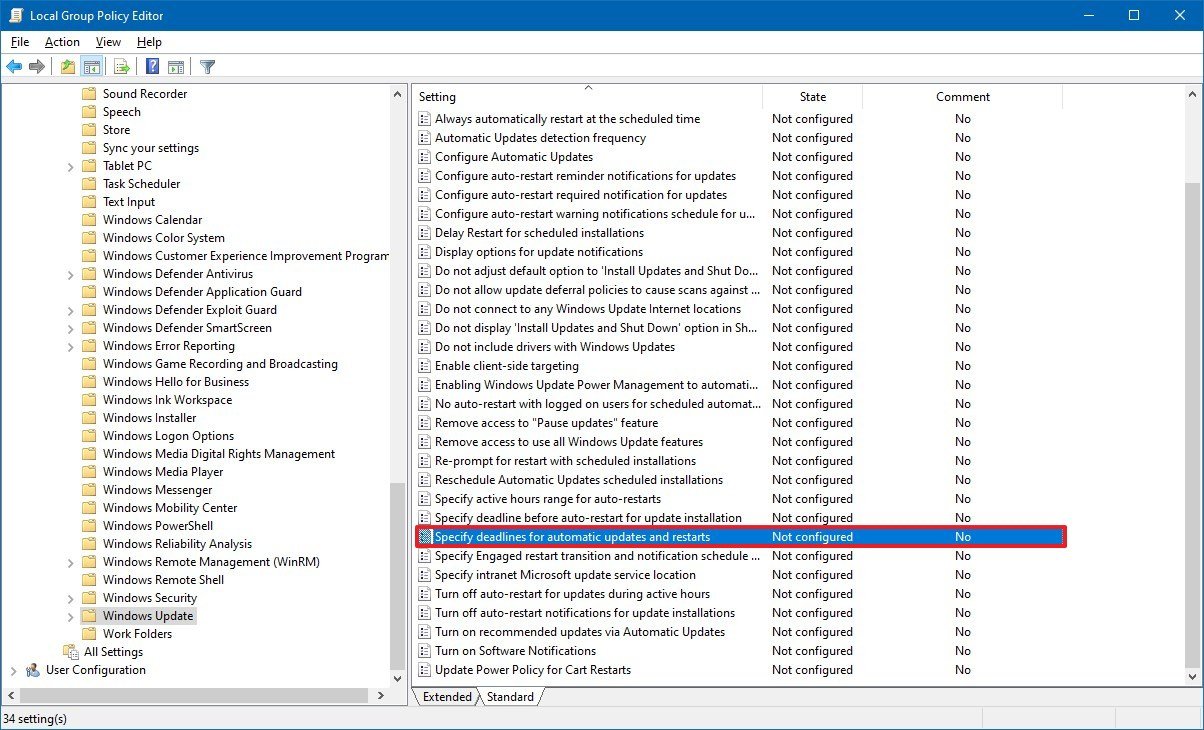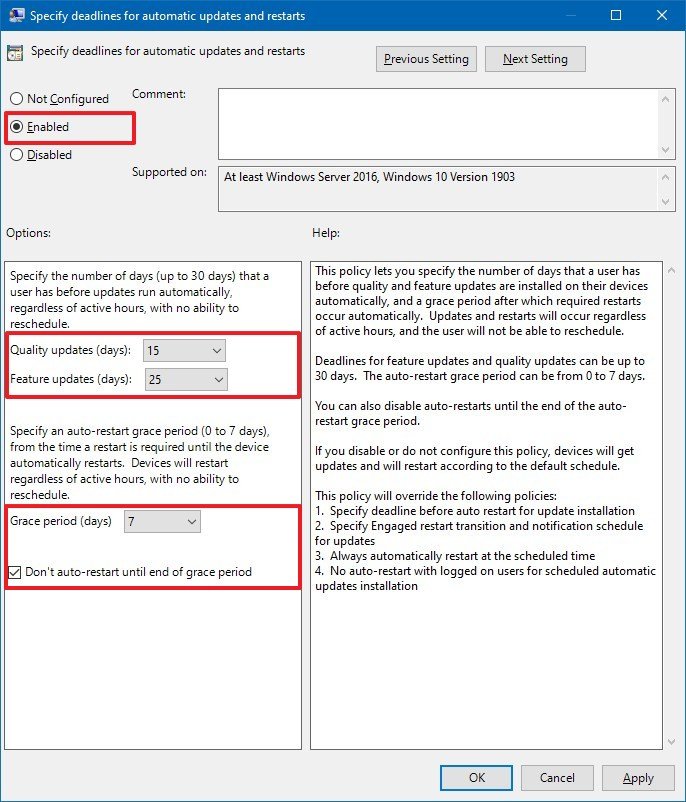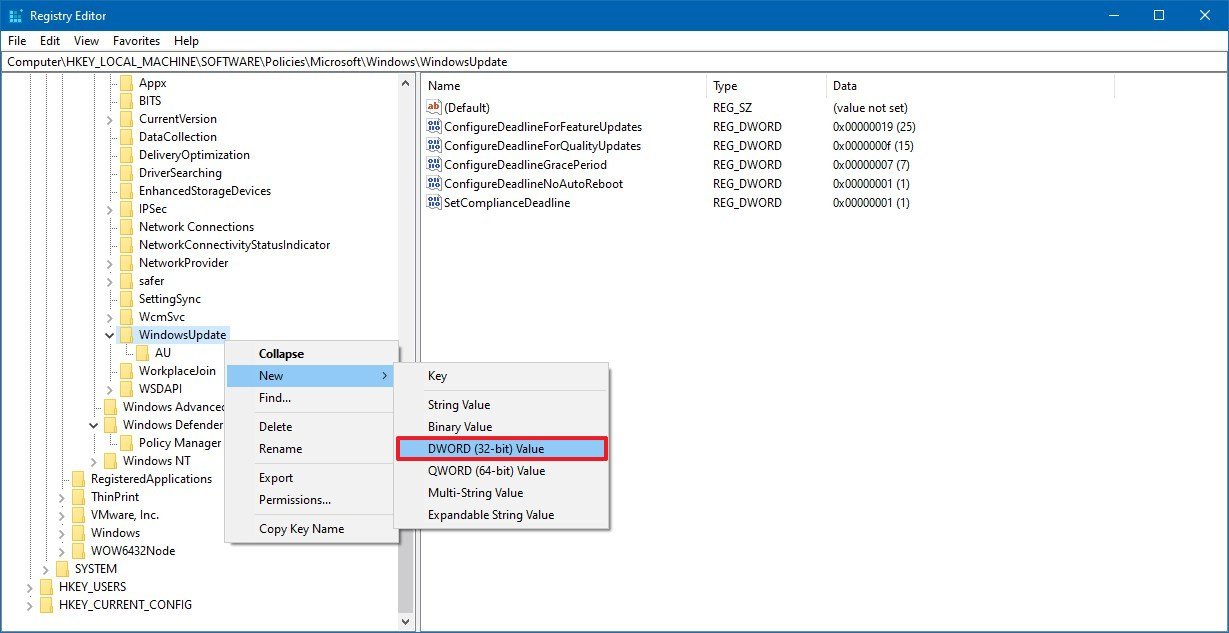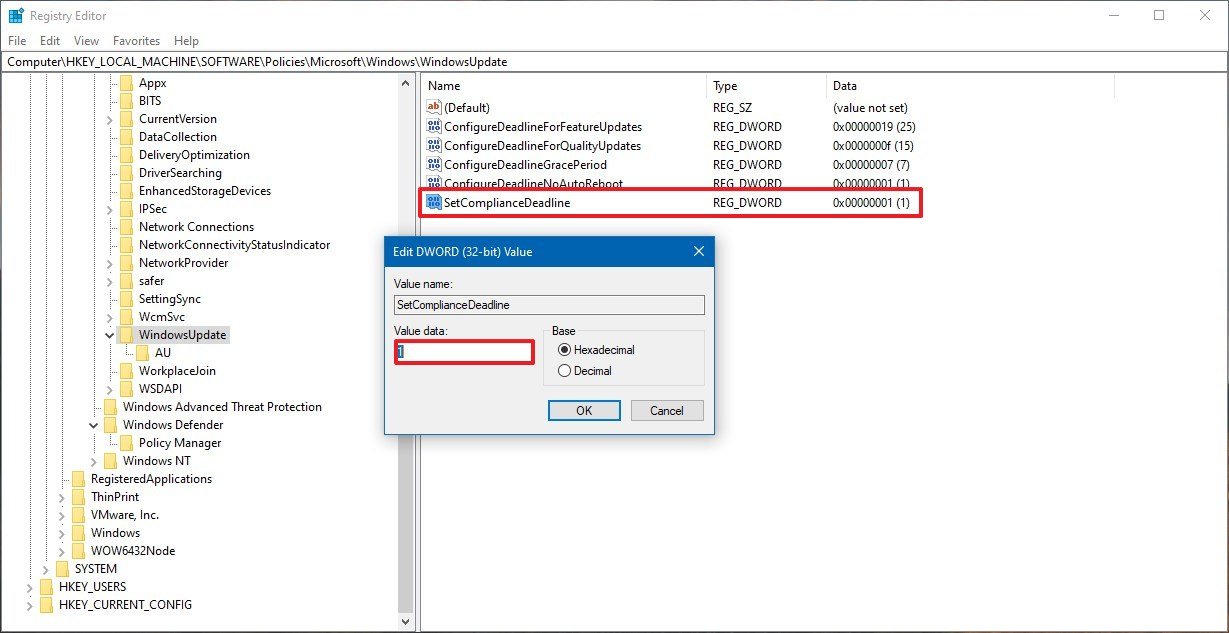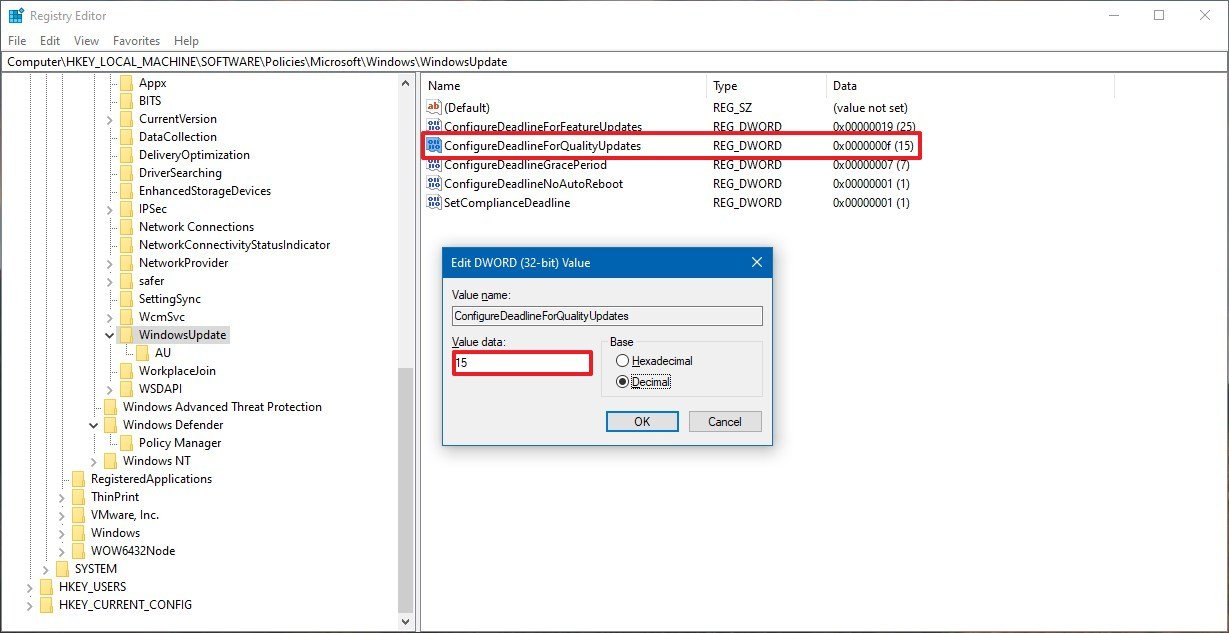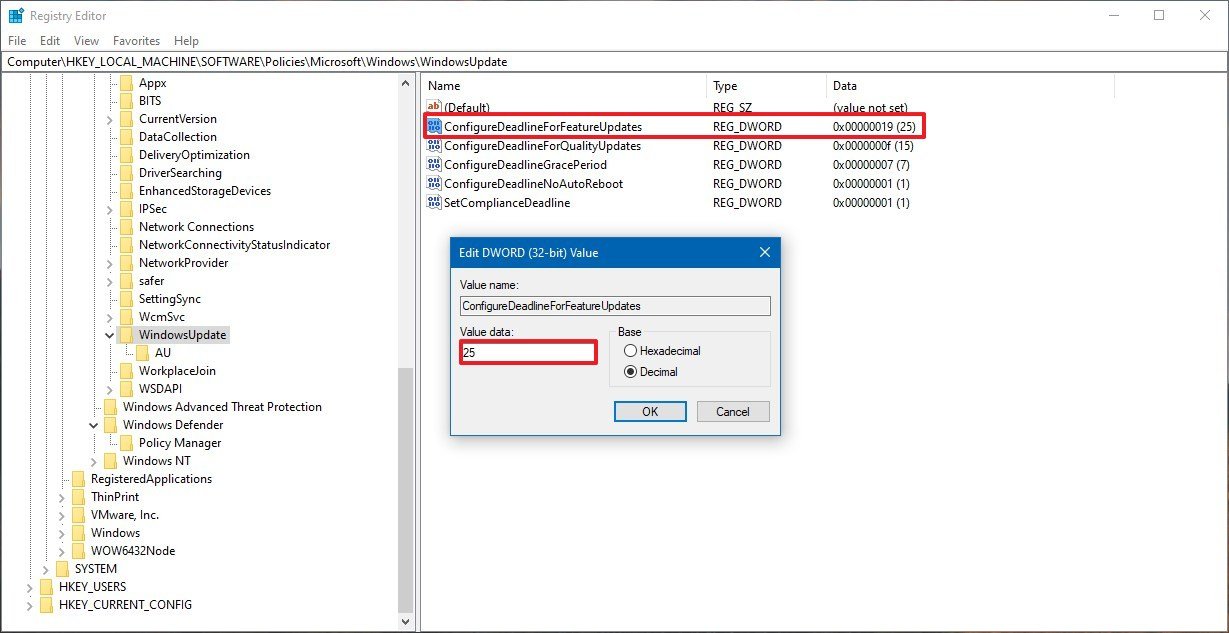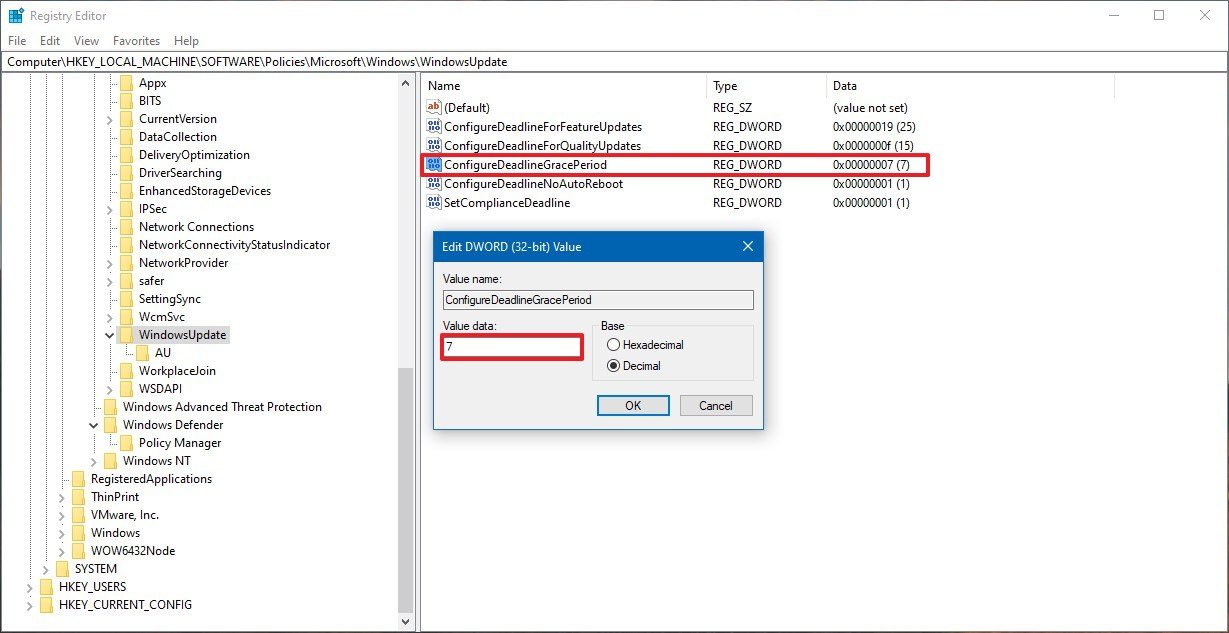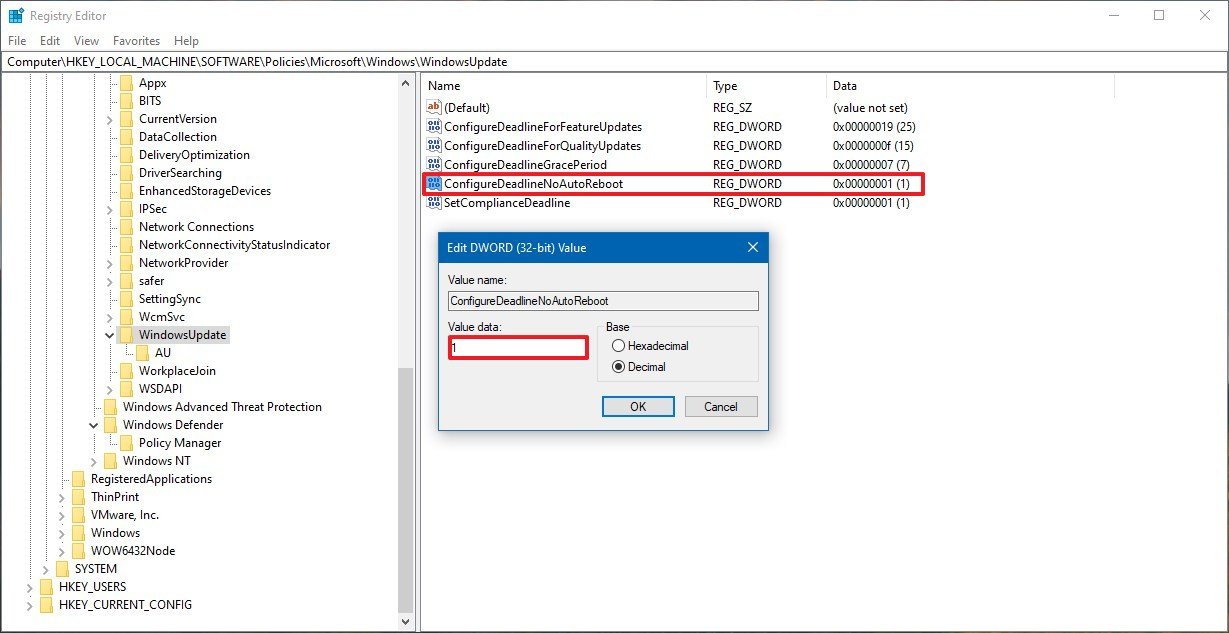How to specify deadlines for automatic updates and restarts on Windows 10 May 2019 Update
You can now specify when Windows 10 updates should run automatically and when your PC should restart to apply changes, and in this guide, we'll show you how to do it.
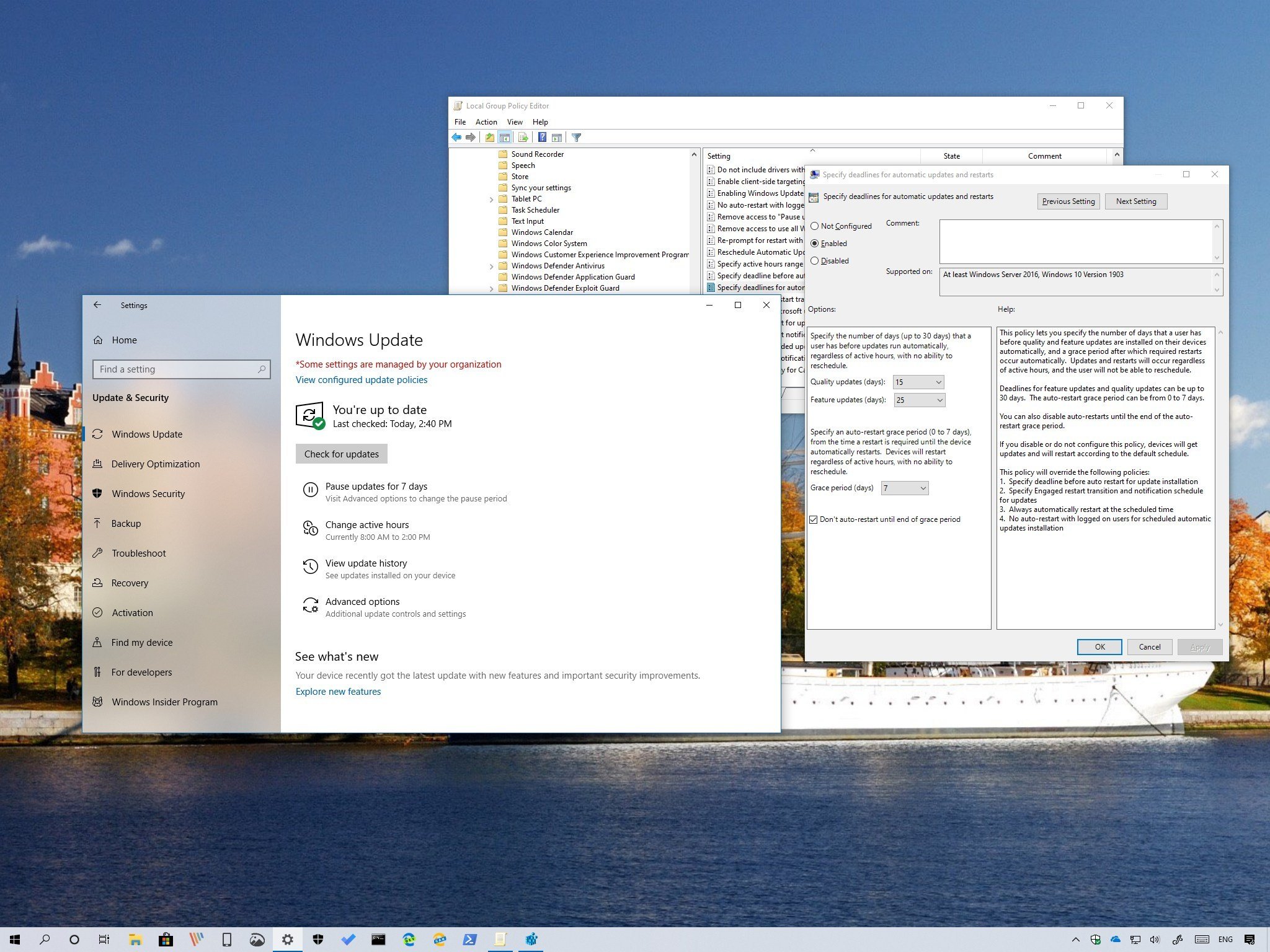
On Windows 10, when new quality or feature updates are available, they download and install automatically, and then you'll receive a notification to schedule a restart as necessary.
However, if you're among those users who are constantly pausing and rescheduling updates, starting with the May 2019 Update (version 1903), Windows 10 is adding advanced settings that allow you to set the number of days before maintenance updates and feature updates are installed automatically. In addition, you'll even find a new option to specified when your device should restart to apply the new changes automatically.
In this Windows 10 guide, we'll walk you through the steps to change the deadline to install updates on Windows 10 automatically with the new feature available with the May 2019 Update and later versions.
- How to set deadlines for updates and restarts using Group Policy
- How to set deadlines for updates and restarts using Registry
How to set deadlines for updates and restarts using Group Policy
To control when Windows 10 should run updates automatically and restart your device, use these steps:
- Open Start.
- Search for gpedit and click the top result to open the Group Policy Editor.
- Browse the following path:
Computer Configuration > Administrative Templates > Windows Components > Windows Update - On the right side, double-click the Specify deadlines for automatic updates and restarts policy.
- Select the Enabled option.
- Under the "Options" section, use the Quality updates (days) drop-down menu to specify the number of days before Windows Update runs automatically to install monthly updates.
- Use the Feature updates (days) drop-down menu to specify the number of days before Windows Update runs automatically to install a new version of Windows 10.
- Use the Grace period (days) drop-down menu to specify the number of days to wait before restarting the device to apply the new changes.
- (Optional) Check the Don't auto-restart until end of grace period option.
- Click Apply.
- Click OK.
Once you complete the steps, quality and feature updates will only install and restart your device to complete the process during the times you specified ignoring the active hours settings.
Although you can decide when automatic updates and restarts should occur, you can only set deadlines for up to 30 days for a feature and quality updates, and you can only postpone a restart for up to 7 days. Also, using this policy, users won't be allowed to reschedule a restart.
If you want to revert the changes, you can use the same instructions outlined above, but on step No. 5, make sure to select the Not Configured option.
All the latest news, reviews, and guides for Windows and Xbox diehards.
How to set deadlines for updates and restarts using Registry
In the case you're running Windows 10 Home, you won't have access to the Local Group Policy Editor, but you can still change the automatic update and restart options on Windows 10 by modifying the Registry.
Warning: This is a friendly reminder that editing the Registry is risky, and it can cause irreversible damage to your installation if you don't do it correctly. It's recommended to create a temporary full backup of your PC before proceeding.
- Open Start.
- Search for regedit and click the top result to open the Registry.
- Browse the following path:
HKEY_LOCAL_MACHINE\SOFTWARE\Policies\Microsoft\Windows\WindowsUpdateQuick tip: On Windows 10, you can now copy and paste the path in the Registry's address bar to quickly jump to the key destination. - Right-click the WindowsUpdate (folder) key, select New, and click on DWORD (32-bit) Value.
- Name the key SetComplianceDeadline and press Enter.
- Double-click the newly created DWORD and change its value from 0 to 1 to enable the policy.
- Click the OK button.
- Right-click the WindowsUpdate (folder) key, select New, and click on DWORD (32-bit) Value.
- Name the key ConfigureDeadlineForQualityUpdates and press Enter.
- Double-click the newly created DWORD and select Decimal as the base option.
- Specify the number of days (2 to 30) before Windows Update runs automatically to install a new version of Windows 10.
- Click the OK button.
- Right-click the WindowsUpdate (folder) key, select New, and click on DWORD (32-bit) Value.
- Name the key ConfigureDeadlineForFeatureUpdates and press Enter.
- Double-click the newly created DWORD and select Decimal as the base option.
- Specify the number of days (2 to 30) before Windows Update runs automatically to install monthly updates.
- Click the OK button.
- Right-click the WindowsUpdate (folder) key, select New, and click on DWORD (32-bit) Value.
- Name the key ConfigureDeadlineGracePeriod and press Enter.
- Double-click the newly created DWORD and select Decimal as the base option.
- Specify the number of days (0 to 7) to wait before restarting the device to apply the update.
- Click the OK button.
- Right-click the WindowsUpdate (folder) key, select New, and click on DWORD (32-bit) Value.
- Name the key ConfigureDeadlineNoAutoReboot and press Enter.
- Double-click the newly created DWORD and select Decimal as the base option.
- Change value from 0 to 1 to prevent auto-restarts until the end of the grace period.
- Click the OK button.
After completing the steps, feature and quality updates will install automatically based on your configuration bypassing the active hours settings.
In addition, similar to Group Policy, deadlines can be specified for up to 30 days for feature and quality updates, and you can only delay a restart for up to 7 days. Also, using these Registry settings will prevent users from rescheduling a restart.
If you change your mind, at any time, you can revert the changes using the same instructions, but on step No. 5, make sure to select all the DWORD keys that you've created, right-click the selection, and select the Delete option.
Wrapping things up
While these new settings give you a little more control over updates, consider that when enabling this feature, Windows 10 will override additional policies, including:
- Specify deadline before auto restart for update installation.
- Specify Engaged restart transition and notification schedule for updates.
- Always automatically restart at the scheduled time.
- No auto-restart with logged on users for scheduled automatic updates installation.
If you're looking to disable or change how Windows 10 updates download and install on your device, then you should use this guide.
More Windows 10 resources
For more helpful articles, coverage, and answers to common questions about Windows 10, visit the following resources:
- Windows 10 on Windows Central – All you need to know
- Windows 10 help, tips, and tricks
- Windows 10 forums on Windows Central
Mauro recommends all these affordable accessories
Hi, I'm Mauro Huculak, Windows Central's help and how-to guru. I wrote the post you're reading now, and I know the Windows OS inside and out. But I'm also a bit of a hardware geek. These are some of the affordable gadgets on my desk today.
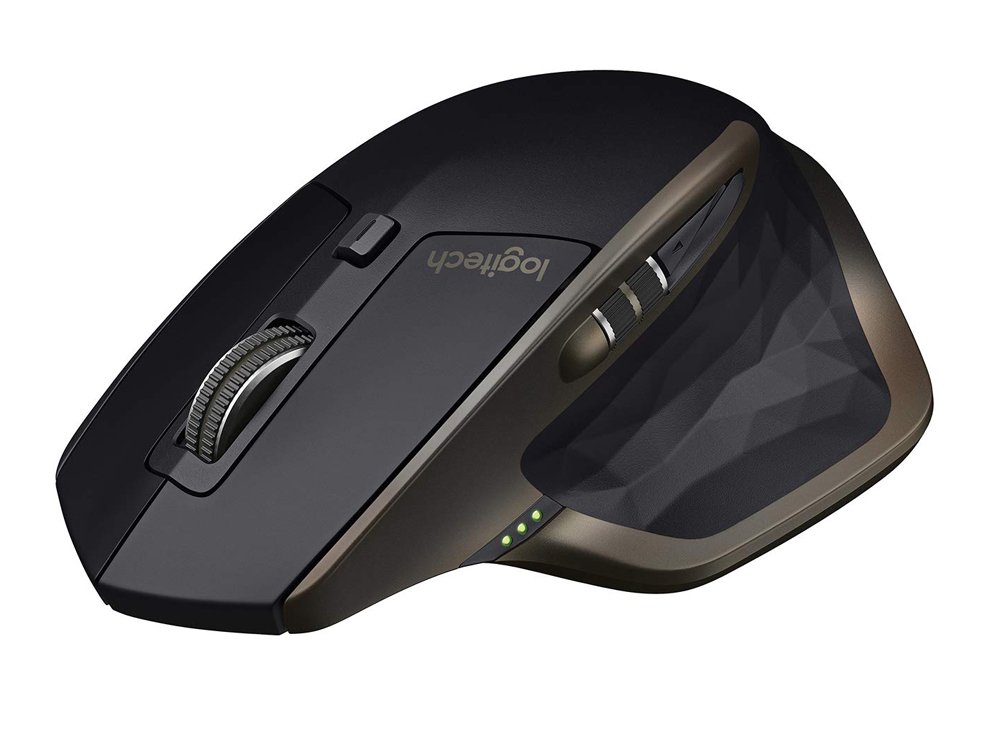
Logitech MX Master Wireless Mouse ($72 at Amazon)
I know mice, and this is the one I use every day. The MX Master is a wireless high-precision mouse that's very comfortable to use and has many great features, including the ability to connect with multiple devices, an infinite scroll wheel, back and forward buttons, all of which you can customize.
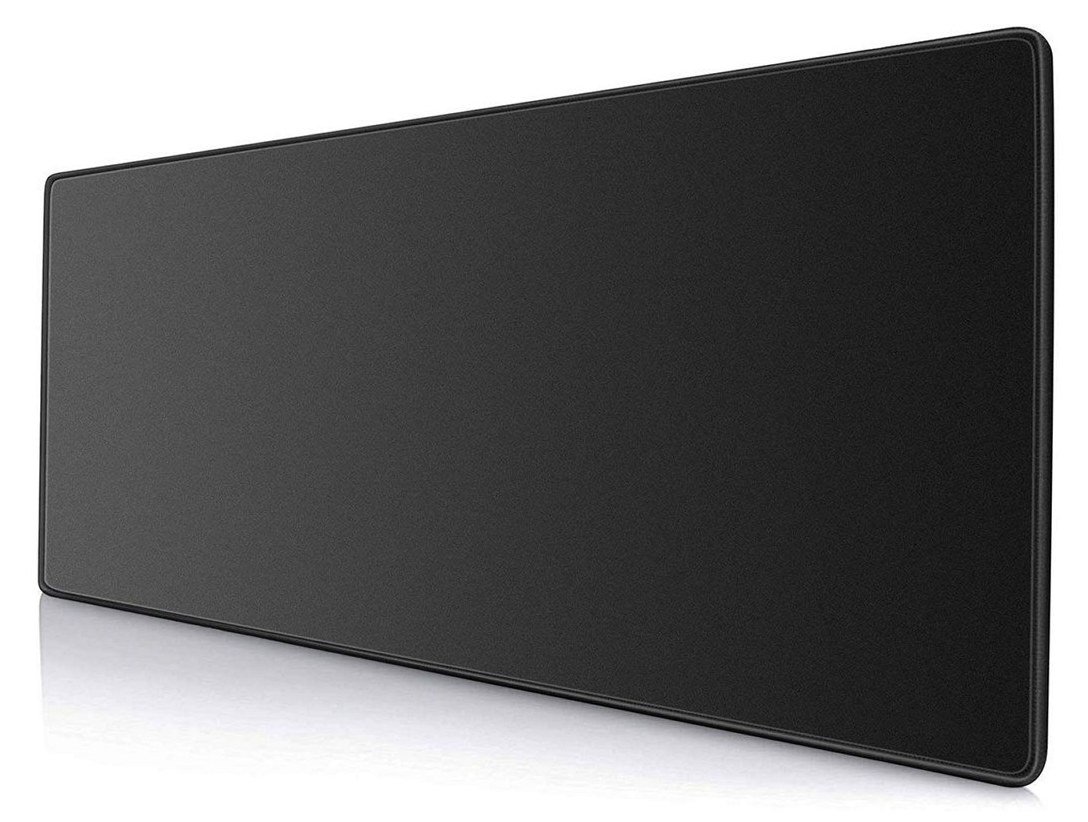
Ktrio Extended Gaming Mouse Pad ($12 at Amazon)
If you spend a lot of time typing, your palms and mouse will leave tracks on your desk. My solution was to start using gaming mouse pads, which are big enough for you to use the keyboard and the mouse comfortably. This is the one I use and recommend.
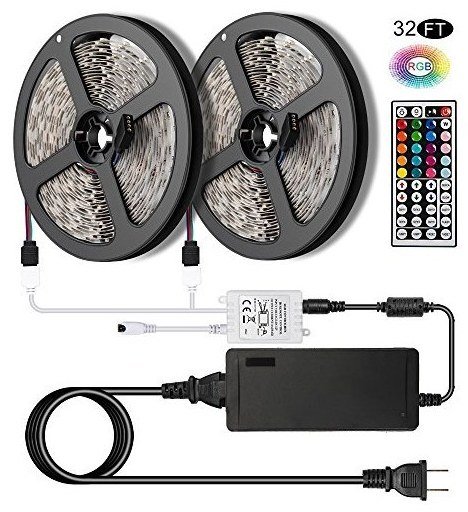
Supernight LED light strip ($20 at Amazon)
You could just use a regular light bulb in your office, but if you want to add some ambient lighting with different colors, an RGB LED strip is the way to go. This one is Mauro-approved.

Mauro Huculak has been a Windows How-To Expert contributor for WindowsCentral.com for nearly a decade and has over 22 years of combined experience in IT and technical writing. He holds various professional certifications from Microsoft, Cisco, VMware, and CompTIA and has been recognized as a Microsoft MVP for many years.
